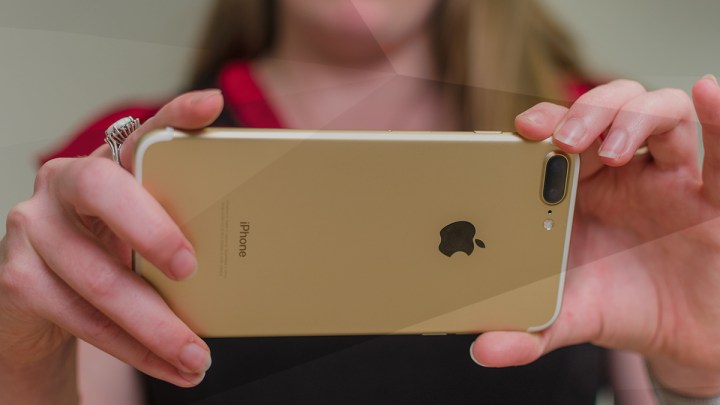
Apple CEO Tim Cook recently said iPhone sales in India had increased by 50 percent, adding he believes Apple is, “just kind of scratching the surface there.” India is expected to become the second largest smartphone market in the world this year, overtaking the U.S., and catching up with China. Apple’s sales have apparently reached 2.5 million over the past year, with the iPhone 7 apparently proving surprisingly popular.
Why surprisingly? Because it’s very expensive, and 70 percent of the smartphones purchased in India cost less than $150. Apple continues to sell the iPhone 5S and iPhone SE, along with the iPhone 6 and 6 Plus, in India through retail partners, ensuring its smartphones are available in as a wide price range as possible. However, Apple’s market share in India is still less than 3 percent, according to data released in mid-2016.
This means it has to make do with holding tenth place in the overall market share in India, way behind market leader Samsung, which has 25 percent market share. Although Samsung is at the top of the charts right now, it is also facing considerable competition from Chinese brands. During the last three months of 2016, Vivo, Xiaomi, Lenovo, and Oppo took hold of the next four positions behind Samsung. Compared to the same period in 2015, market share in India controlled by Chinese smartphone brands has risen 65 percent.
Tim Cook made positive statements about Apple’s position in India throughout 2016, and struck important deals with local providers to solve 4G connectivity problems, which had slowed smartphone adoption. While this will assist in Apple’s quest to become more than a niche brand in India, it may not be enough to match the huge growth of Android-based smartphones provided by Chinese manufacturers in India.
Editors' Recommendations
- Nomad’s new iPhone case and Apple Watch band may be its coolest yet
- iPhone 16: news, rumored price, release date, and more
- iPhone SE 4: news, rumored price, release date, and more
- Here’s how Apple could change your iPhone forever
- There’s a big problem with the iPhone’s Photos app




